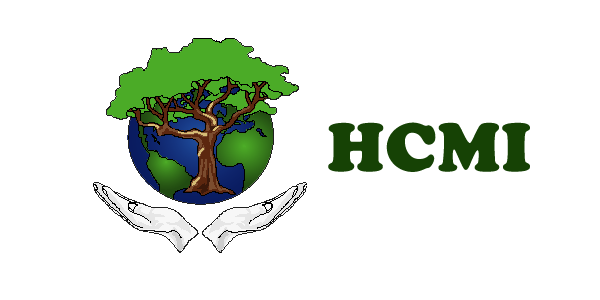There are twenty two species under the genus Trichophyton. Within the total number of species, eleven are commonly associated with tinea (ringworm) of the scalp, the nails, and the skin in humans while only four are isolated from animals. Trichophyton is a dermatophyte fungus which is primarily isolated from the soil, humans, or animals.
Trichophyton is a keratinophilic filamentous fungus which has the ability to invade keratinized tissues. It is considered one of the leading causes of hair, skin, and nail infections in humans. Possession of several enzymes, such as acid proteinases, elastase, keratinases, and other proteinases are the major virulence factors of Trichophyton species.
Ringworm is common, especially among children, but it can affect people of all ages. It is caused by a fungus, not a worm like the name suggests. Ringworm occurs when a type of fungus called tinea grows and multiplies on your skin.
Ringworm can affect the skin on your:
- Beard -- tinea barbae
- Body -- tinea corporis
- Feet -- tinea pedis (also called athlete's foot)
- Groin area -- tinea cruris (also called jock itch)
- Scalp -- tinea capitis
Ringworm can spread easily from one person to another. You can contract ringworm if you touch someone who has the infection or if you come into contact with items contaminated by the fungus, such as combs, unwashed clothing, and shower or pool surfaces. You can also contract ringworm from pets that carry the fungus. Cats are common carriers.
Symptoms of ringworm are itchy, red, raised, and scaly patches that may blister and ooze. The patches tend to have sharply-defined edges. Red patches are often more red around the outside with normal skin tone in the center, making it look like a ring.
If ringworm affects your hair, you will have bald patches. If ringworm affects your nails, they will become discolored, thick, and even crumble.
